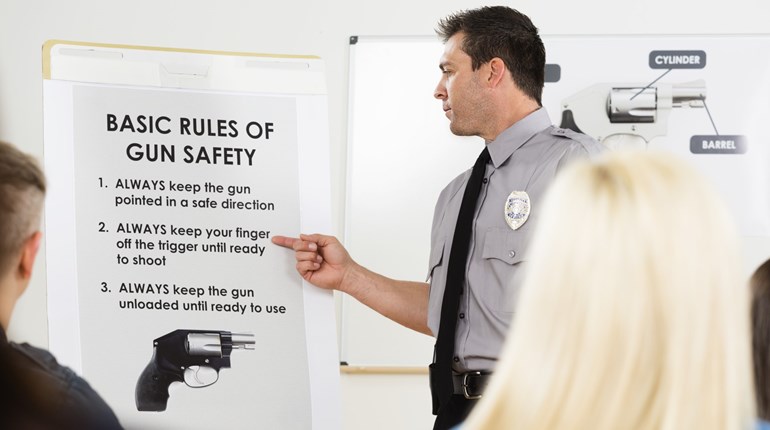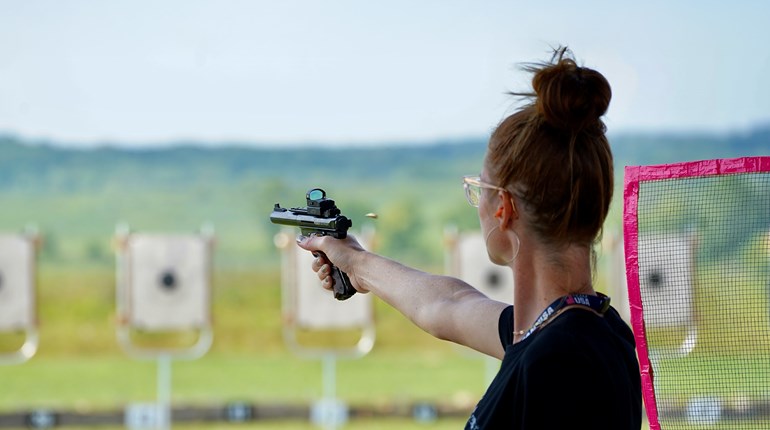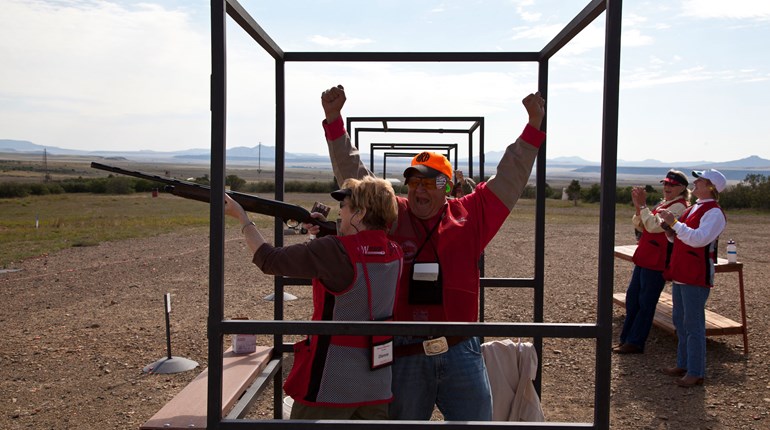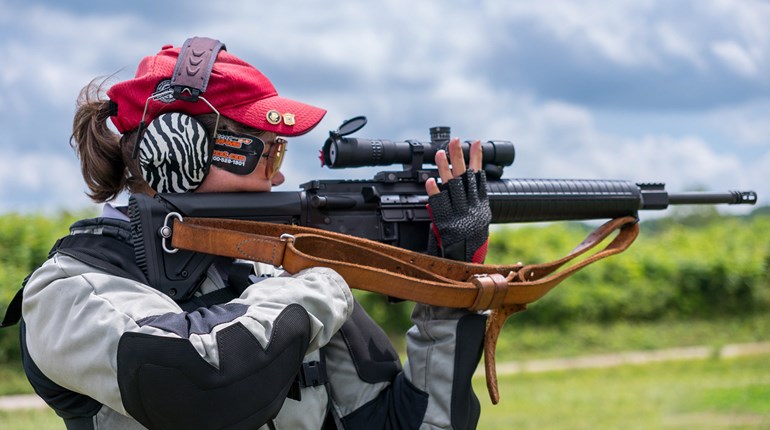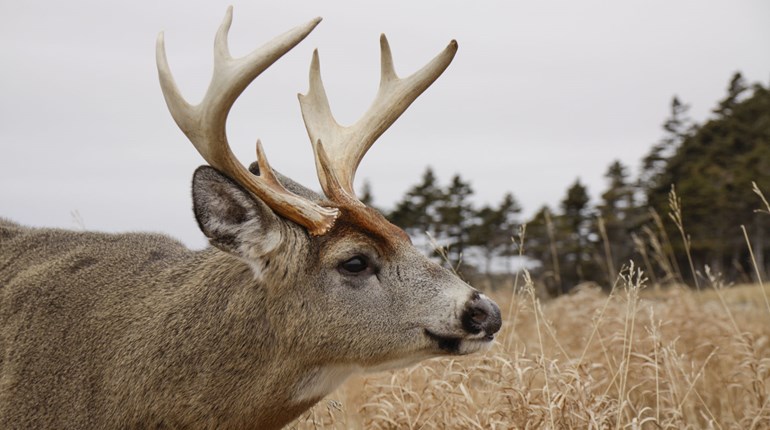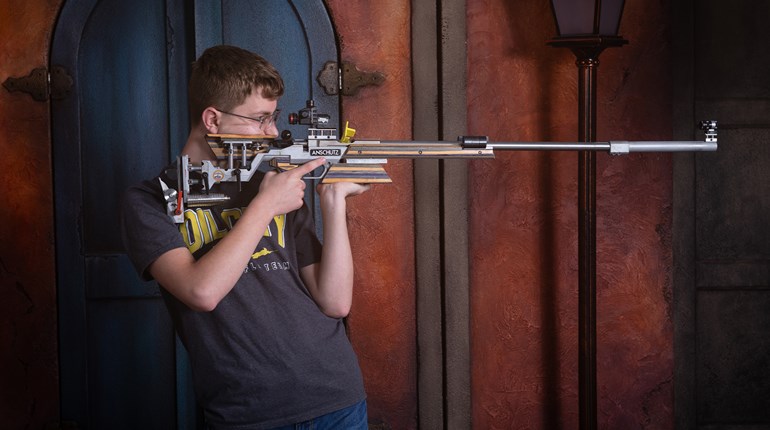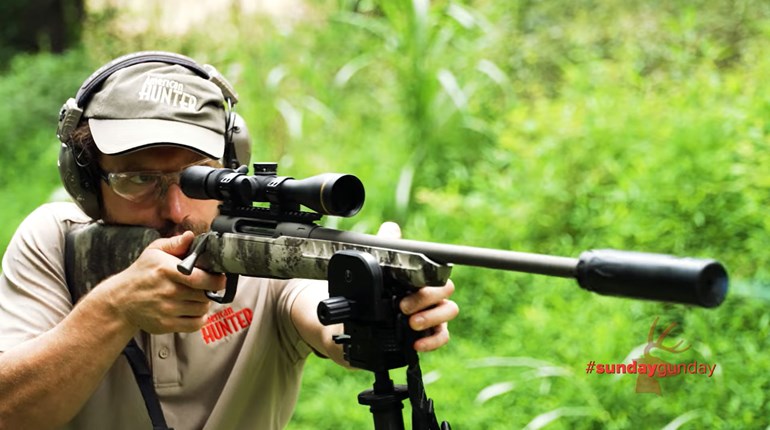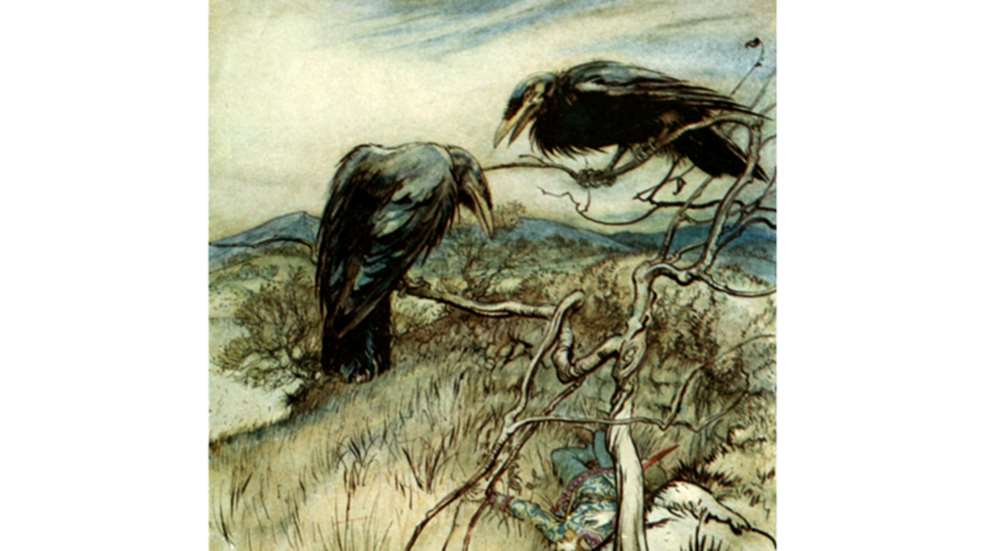
As I was walking all alane,
I heard twa corbies makin a mane;
The tane unto the ither say,
"Whar sall we gang and dine the-day?"
—The Twa Corbies (author anonymous)
Among the birds of Western legend and mythology, it's likely that the crow, along with its larger cousin the raven, looms the largest. From the Irish Cúchulainn myth cycle to the Norse god Odin and his informers Huginn and Muninn, these seemingly unprepossessing birds are present in everything from English counting rhymes to everyday slang. Why? What is it about this modest corvid that has so captured human imagination? Here are five reasons crows are cooler than you know.
1. A Storytelling of a Murder and an Unkindness
The name for a group of animals is what's known as a collective noun. For the most part, these tend to be fairly straighforward: a herd of zebras, a pack of wolves, a pride of lions. But when it comes to members of the family Corvidae, we humans have gotten quite a bit more imaginative. A flock of crows is known as a murder; of ravens, an unkindness; of rooks, a parliament; magpies, a tiding. Interestingly, all of these have a common collective noun: a storytelling. There's a simple reason for this, of course: Crows talk, both to us and to one another.
2. Nevermore?
Edgar Allen Poe's "The Raven" may be one of the best-known poems in English. In it, the titular raven speaks one and only one word, "Nevermore." It's true that, like parrots, crows and ravens can be trained to speak in human languages, although opinions differ as to how much they actually understand and how much is mere mimicry. (Here's "Joe the Crow" saying "hello" to his visitors.) What we do know is that crows definitely "talk" to one another. They have distinctive vocalizations to alert others in their, um, murder to danger and to food, as well as the more typical mating calls and warnings that we expect from most birds.
3. Thought and Memory
Remember that earlier mention of Odin's raven informers, Huginn and Muninn? Their names translate as "thought" and "memory," respectively, and it's no mistake that the Nordic people identified two corvids as symbols for thought and memory, because crows demonstrate both problem-solving abilities and an astonishing ability to remember. Crows have been proven to have analogical reasoning, a cognitive ability that human children often don't display until approximately preschool age. What's more, crows have a remarkable capacity to remember events, including the faces of people who have harassed their, um, murder even years in the past. If you click on the linked article, you'll notice something else that's quite distinctive among the "lower" animals: Not only can crows remember faces, they seem to have the ability to "tell" other crows about them.
4. The Crow Funeral
A common thread that unites much of the mythology surrounding crows and ravens is their association with death. Some cultures identify them as "psychopomps," which is essentially a guide between the land of the living and the land of the dead. Others, like the Celtic legend of the Morrigan (found in the Cúchulainn oral tradition), associate crows with battle. Part of this may simply reflect the fact that although corvids are omnivores and tend to subsist primarily on seeds and insects, they're certainly not above a bit of scavenging and can therefore frequently be found feeding on carcasses. However, corvids are also famous for their "funerals." It's true that crows will often gather around the body of a dead member of their, um, murder. The latest research suggests that they're not mourning, exactly: Instead, they appear to be investigating the body to determine whether there's a nearby threat they must avoid.
5. Stone the Crows
All of the above adds up to part of the reason why savvy hunters know that crows are some of the most challenging game animals out there to pursue. Like turkeys, they have excellent color vision, so good camouflage or a blind is a must. Thanks to their intelligence, memory and problem-solving abilities, they'll quickly come to recognize and avoid areas where crows have fallen to hunters' shotguns in the past. so it's always going to be a battle of wits...and your opponent is, as we've shown, far from unarmed. You'll want to very carefully check your state's regulations for hunting seasons and permissible tactics, because you'll need every advantage you can get!













